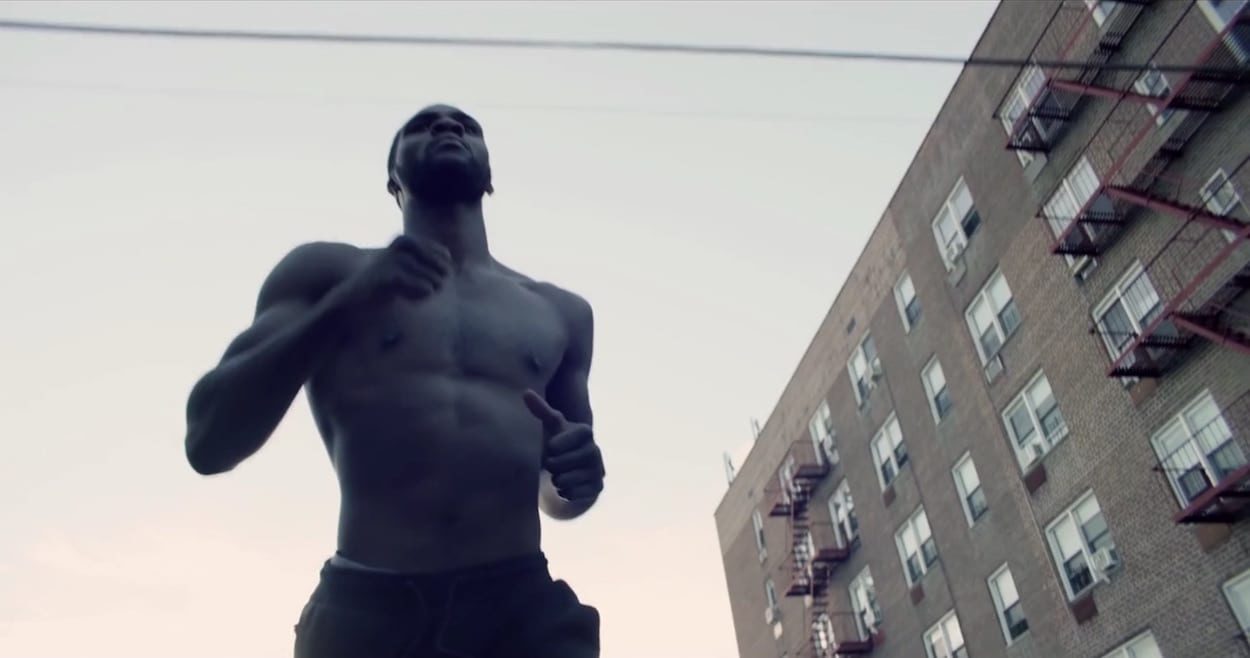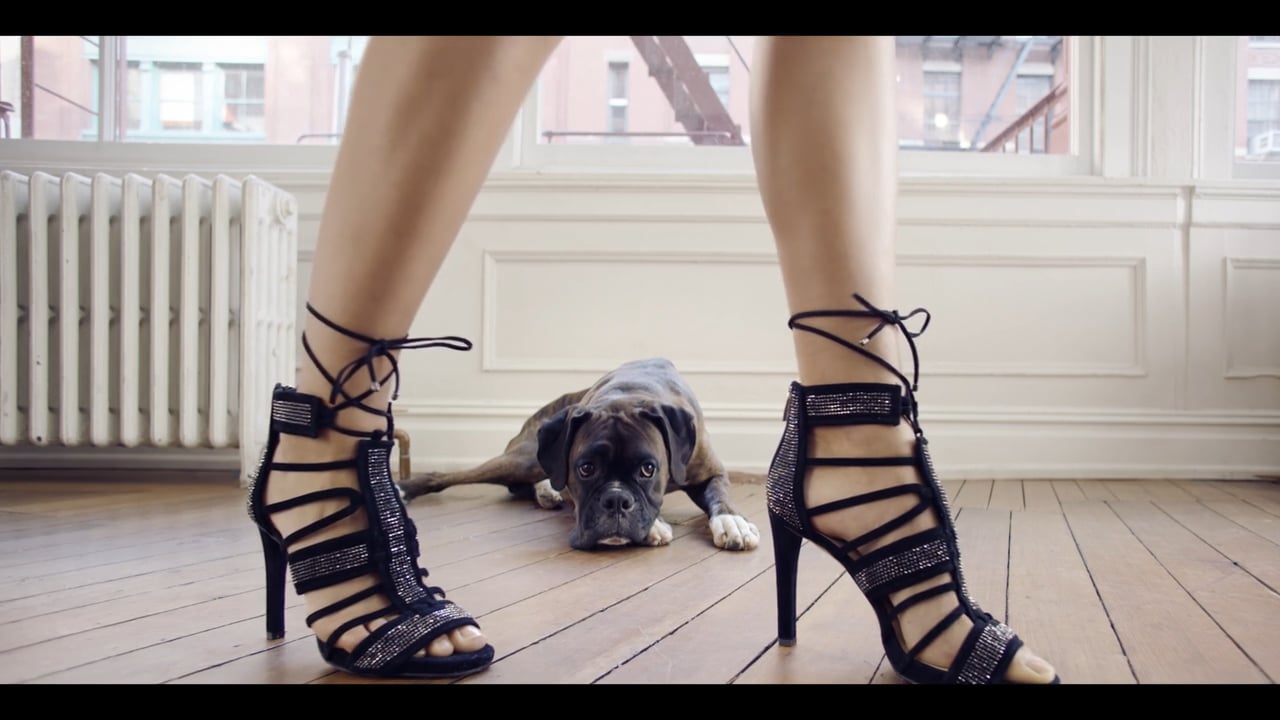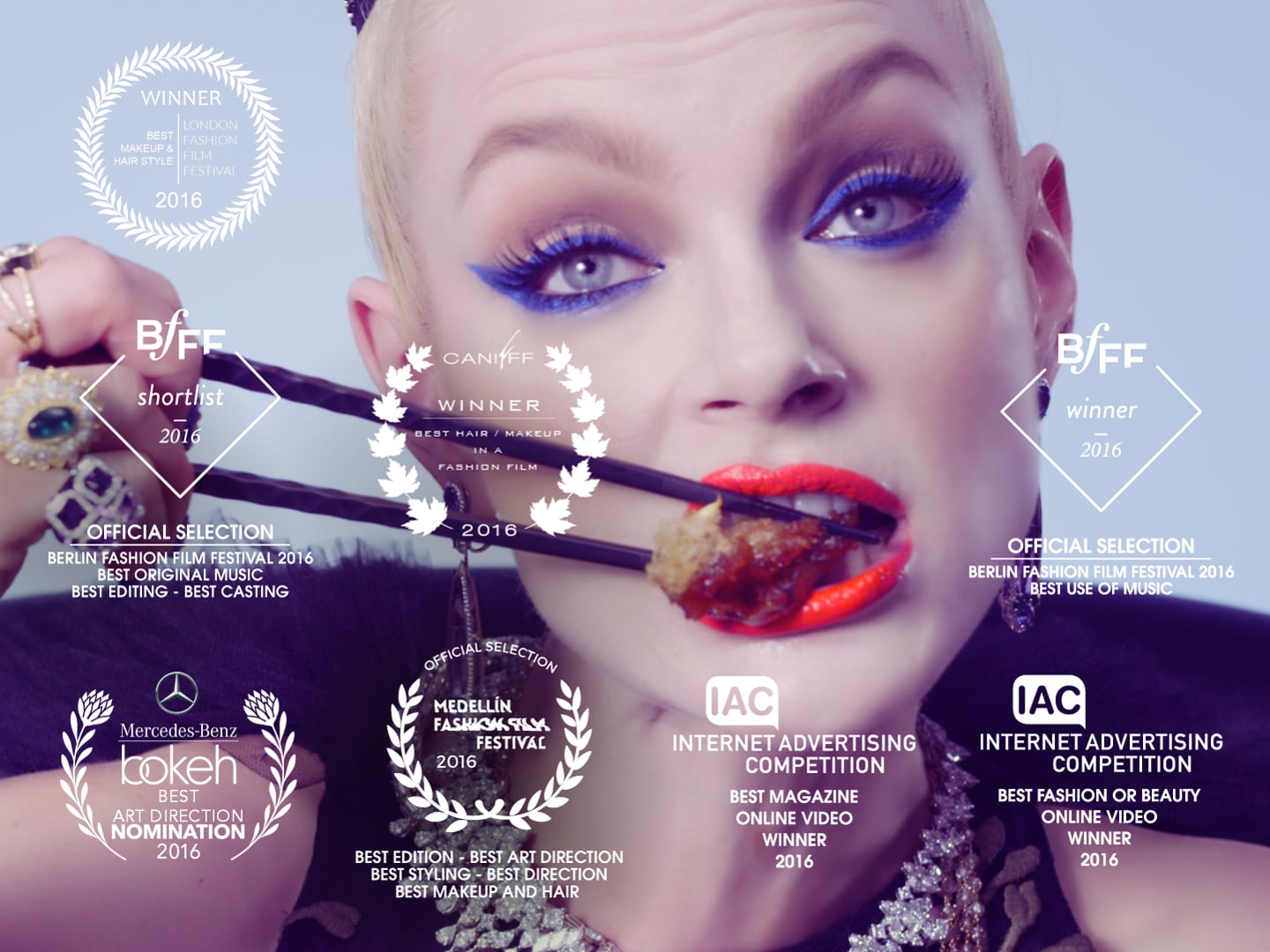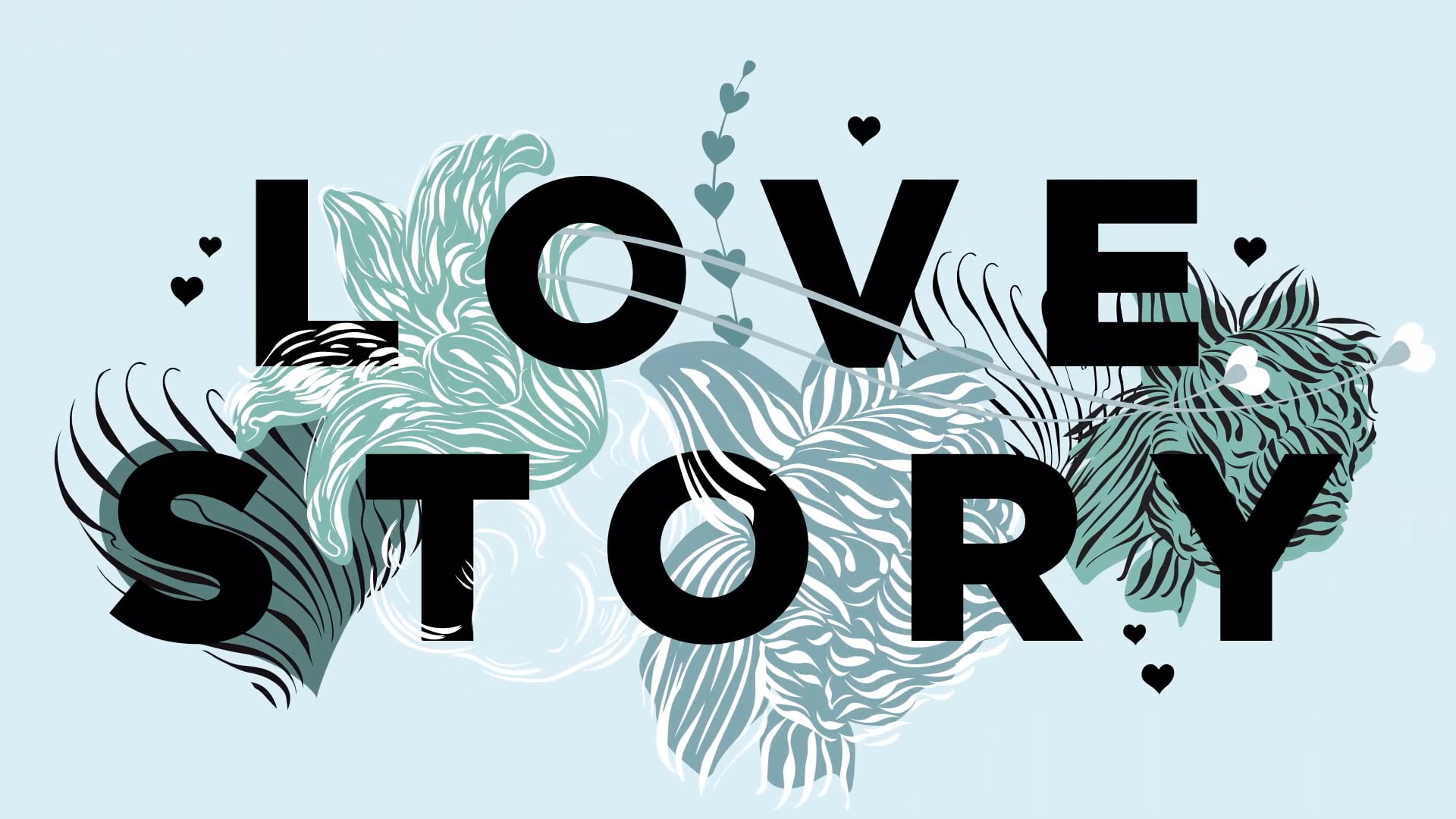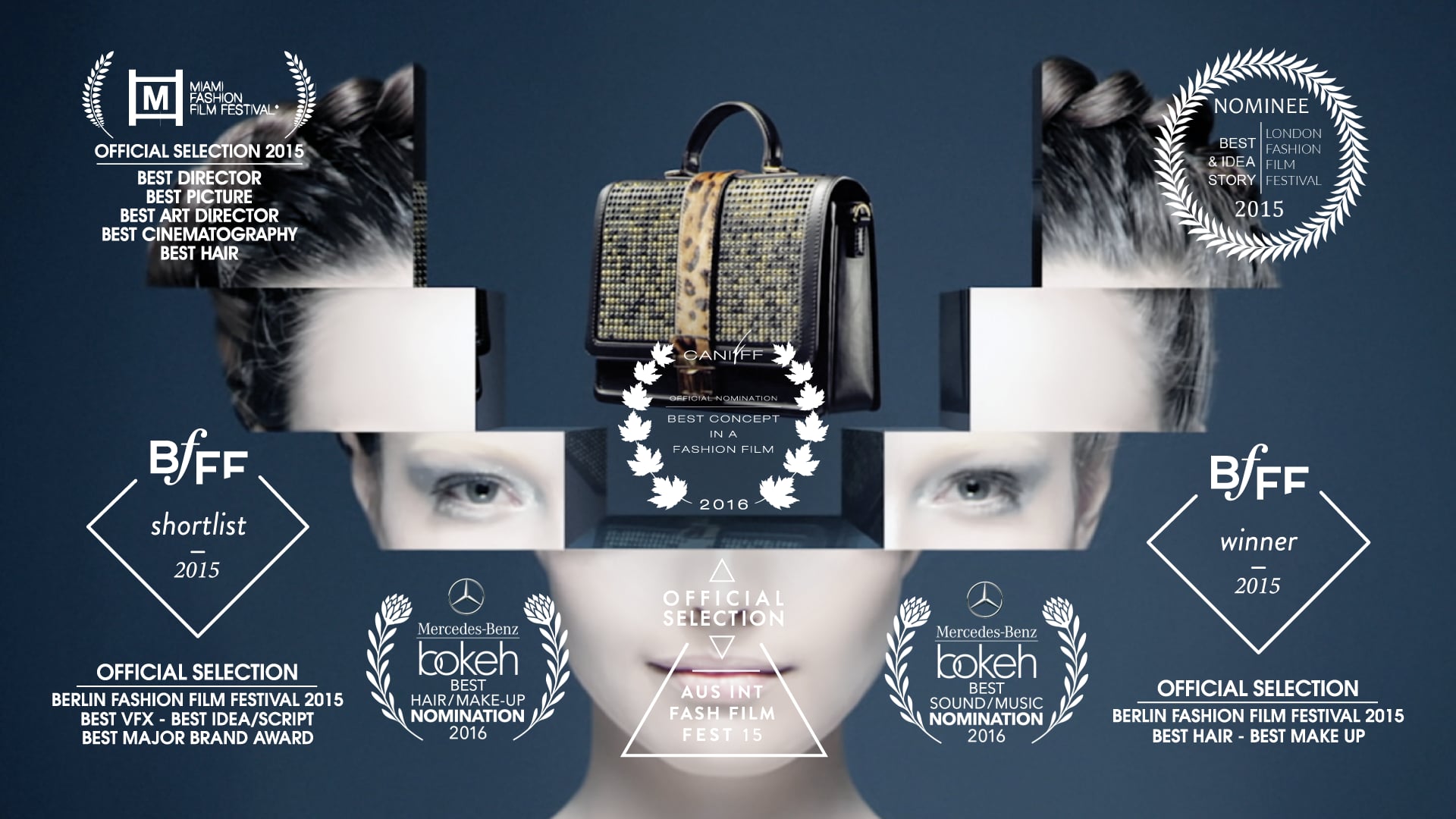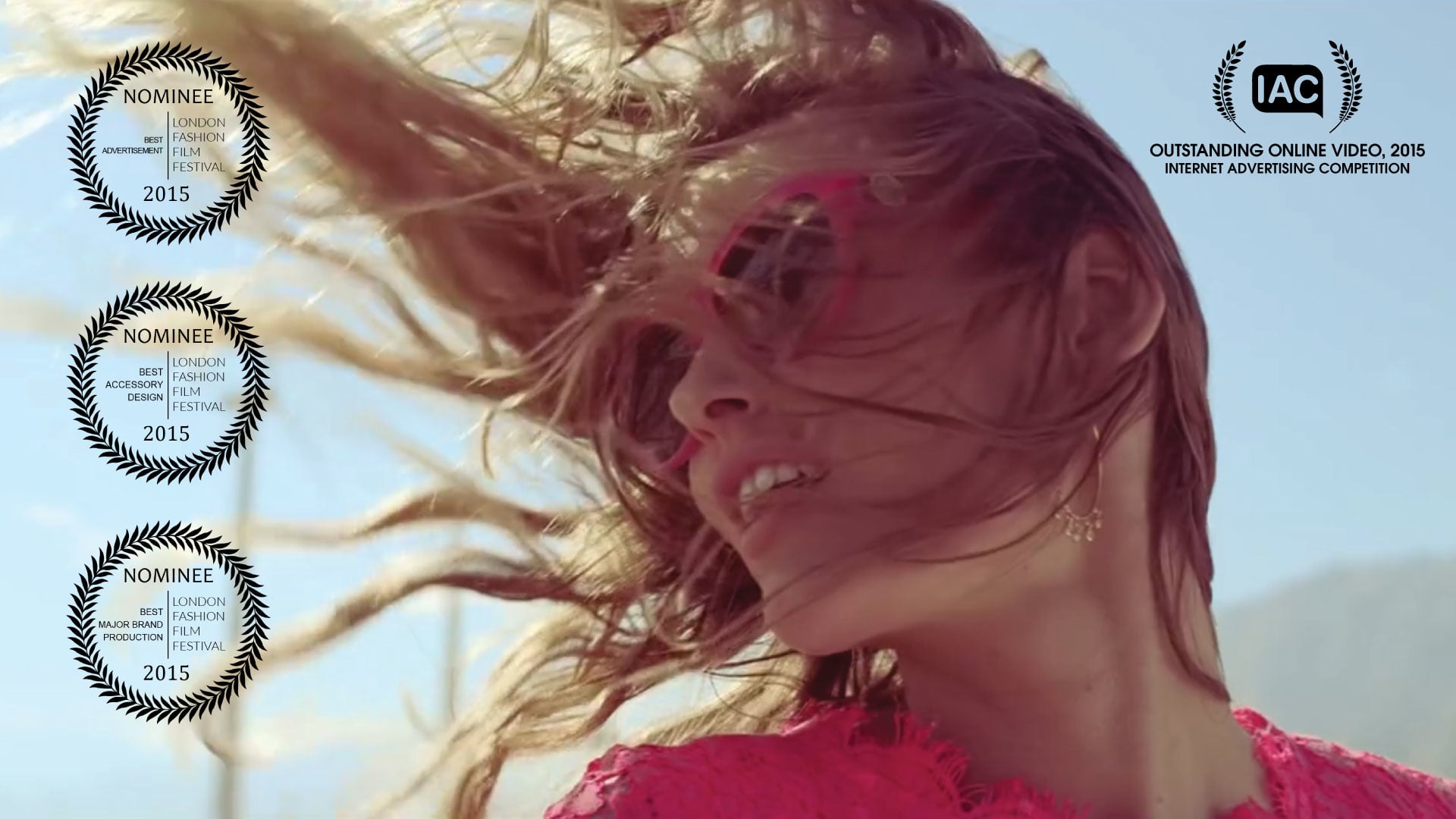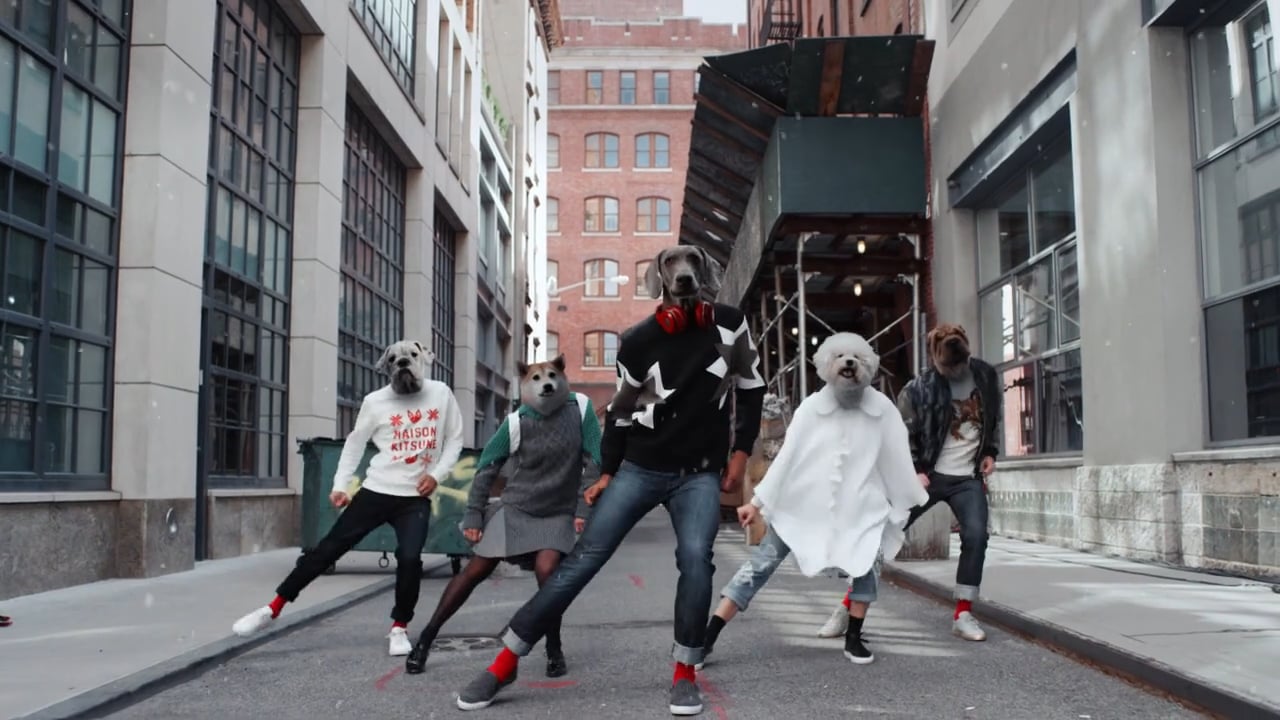How did you find the transition from making highly stylised fashion work to a more literal mini-doc film on New York boxers – did you have to completely rethink your creative process?
Tarik: Not really. Although we do try to approach each project with a fresh mind, with a specific look and feel, tone, a specific rhythm or narrativity. I guess the main difference is that it wasn’t as scripted as our usual “high concept” work, so – more than usual – most structural decisions were made in the editing room.
Tim: The shooting process was a lot more spontaneous and adaptive than we’re used to and the energy was different. We didn’t want to affect the action too much if we could help it, the aim was for the energy to be as authentic as possible. It was fun but pretty intense.
How did Three Corners come about – did you have the idea sloshing around in the background for sometime? Do you have more plans to make films outside of the fashion arena?
Tarik: We’re both fans of boxing and fighting arts in general. We had been thinking about working on something like this for a while, with a naturalistic yet elevated look. We also wanted to make it an ode to NY and something with a lot of “communicative” energy if that makes sense.
We definitively have a lot of projects currently in the works outside of the fashion arena. In particular feature work. Our fashion/beauty work is just the tip of the iceberg. A nice looking one, one would hope.
Tim: I feel like a boxing film was bound to happen one way or another, the interest to shoot fighters was always present.
We love Muk Bang for Korean Vogue. In fact a lot of your fashion work has a very slick retouching feel and quirky amusing effects. Where did your relationship with VFX evolve?
Tarik: Our approach to filmmaking is heavily influenced by our post-production knowledge and experience from a workflow perspective, editing, grading, etc. We do own our post facility here in NY (SWELL Post) which really changes everything.
VFX in particular is very important to us, especially the one you don’t see. We’re not really fans of the low-fi-by-default-hipster look.
For Muk Bang the skin is heavily retouched as you would approach it for a typical beauty TVC – in particular an Asian one – but with a palette that is influenced by high-end fashion photography. For the animations we wanted them to be really low-fi and emphasize the contrast between the “Industry” sophistication and the spontaneity of web culture. We also like a less retouched aesthetic, it really depends on the story.
Are you generally given creative freedom or do you work developing ideas with the brands?
Tarik: We’ve been lucky enough so far and have been given a lot of creative freedom. Including sometimes full “carte blanche” on commercial projects, which is pretty rare… We’re also happy to collaborate with brands and work with constraints and limitations as long as we can produce quality work.
Tim: Yeah, brands tend to approach us at the ‘ideas’ phase and we tend to offer a range of approaches from very conservative to completely outrageous.. they tend to land closer to the latter.
To what extent do you pre-plan – is everything storyboarded in detail?
Tarik: We tend to be on the heavy planning side. A lot happens in pre-production, we do storyboard a lot and can work from scripts we’ve been playing with for months or just a week before the shoot. We usually have very precise ideas for specific shots, color palettes, set pieces, etc.
Your worst nightmare production story was when….
Tarik: Honestly I can’t think of any so far. I guess the worse situation when it comes to commercial work is when – for some political reason – you can’t stay true to the initial idea. I know it sounds corny, but it’s true. That sounded corny too, I know. Sorry.
Tim: …I had the flu and kept passing out on set during a TVC. Awful experience.
How did you meet and decide you’d work together as a directing team?
Tarik: We met in prison. It was a pretty easy decision. It was kill or work together. The rest is pure legend.
How do you work together – do you have different skills or do you both work simultaneously on each stage of making a film? Do you ever have difference of opinions?
Tarik: At first we probably had a slightly different skill set, but now we really just collaborate on each stage. Sometimes one of us will take a lead on a specific item, but it’s totally random. I guess the only thing would be that when it comes to post, Tim tends to lead the edit and I tend to lead on the look & feel, but even that is not an absolute rule.
Regarding differences of opinions, we work that out during the concepting phase. Luckily our taste and approach are very similar and we’re pretty good at figuring out if the other one had a better idea – usually me.
Tarik you’re English-Indian Frenchman and Timothy you’re an English-Irish American. Do you find you have similar cultural sensibilities and how do your backgrounds impact on your work?
Tarik: Our cultural sensibilities and backgrounds are actually incredibly similar. We’ve played the same video games and watched the same cartoons when we were kids. I’d say that our identity at the end of the day is very European, and that our main influences are French and British. And we both love NY. That being said our inspirations come from everywhere and being a duo is incredibly rich on that front. Our obsession with Korean culture for example is something that Tim initially brought to the table. Literally to the table.
Tim: Yeah, our cultural backgrounds are surprisingly similar. I definitely have more of a nerdy sensibility than Tarik, I don’t ever imagine him waiting in line to see Deadpool or going out of his way to catch ‘It Follows’ or something.
List five inspirations that have connected with you recently:
Tarik: This list could be very long, like boringly long. Like you’d never ever ask us a question like this again. Truth being said, our work is very referential and there are usually more than five inspirations per piece.
Anyhow let’s try five that come back often: Monty Python, The Simpsons, Stanley Kubrik, Guy Bourdin, Video Games in general.
Tim: When I was a six or seven, my mum took me to a touring Kabuki theater, it was completely profound experience for me and I think it has influenced everything I want to see and create. Strange, powerful, scary, creative, funny, stylized… It all seems to go back to that day.
I’ve watched some really good films recently, all of which I connected with quite strongly:
1. The Last of Us (actually a video game). 2. American Werewolf in London. 3. Mad Max. 4. Zatoichi 5. Blackadder
Anything else you’d like to share?
Tim: With VR and feature films in the pipeline, I think it’s an interesting time for us. We’re not as well known for our story-telling as we are for our visuals but I think people are going to be surprised.. its something I feel that we’ve been building up to.
LINKS
